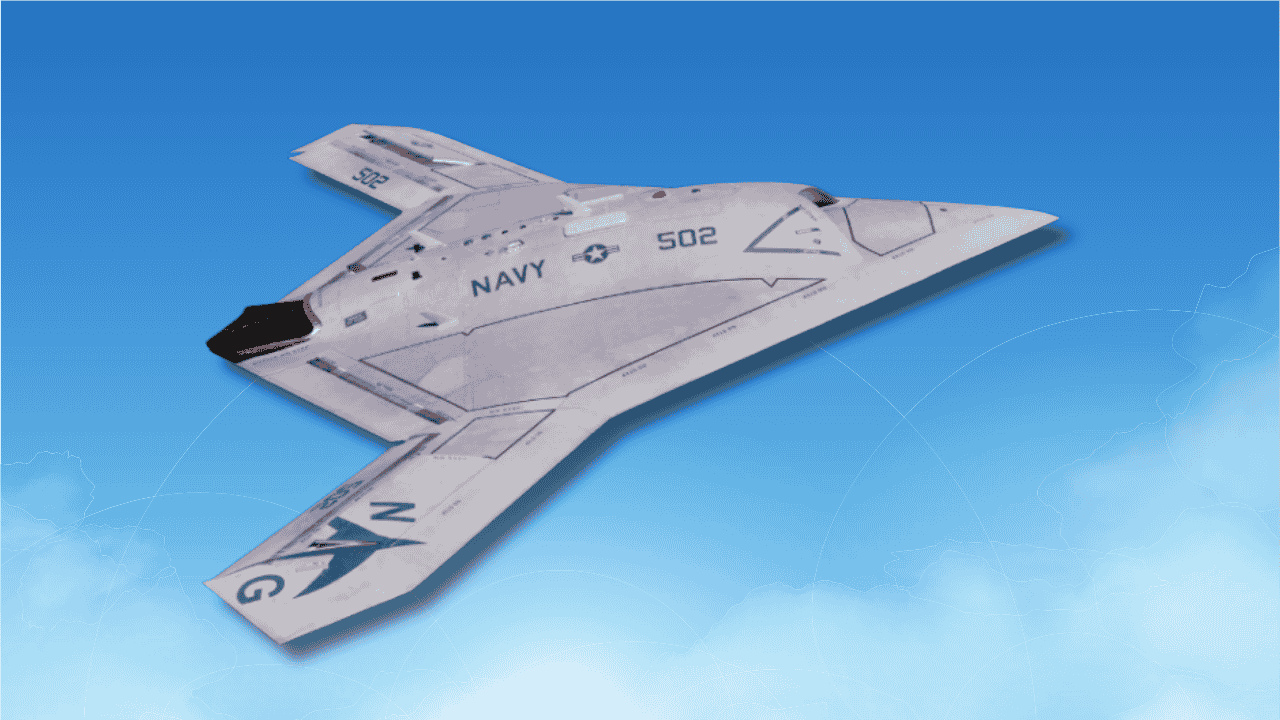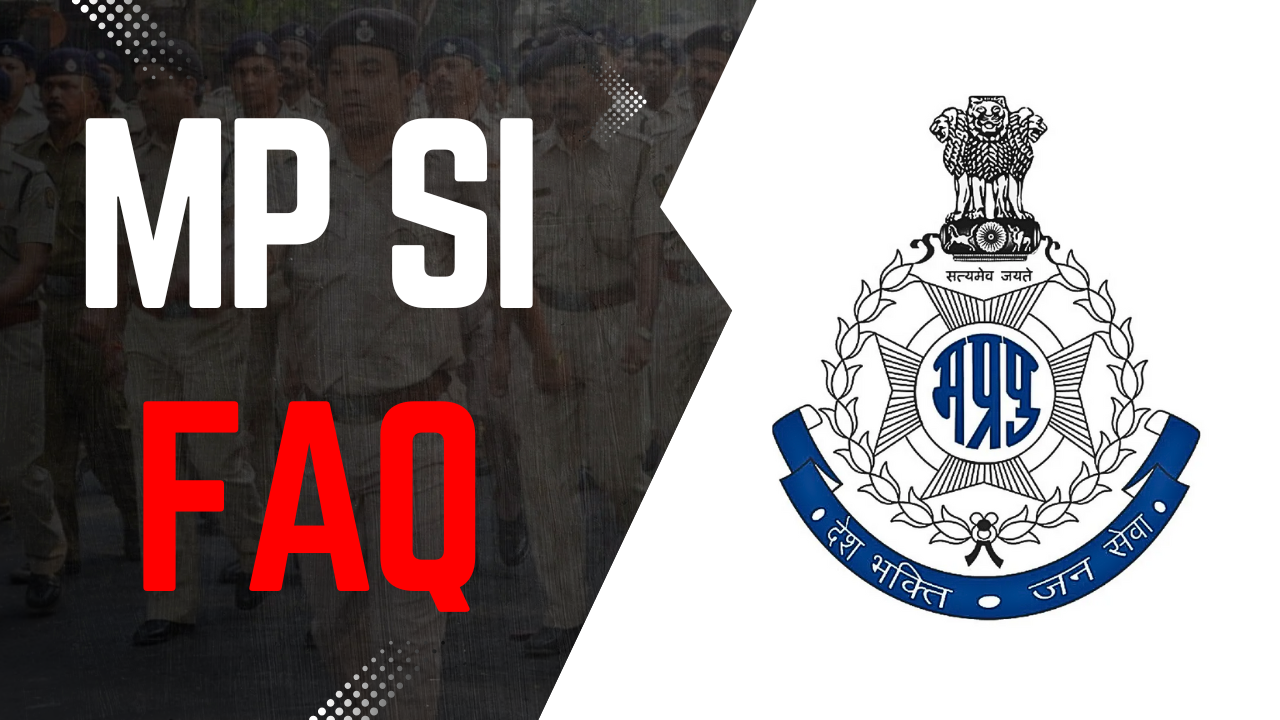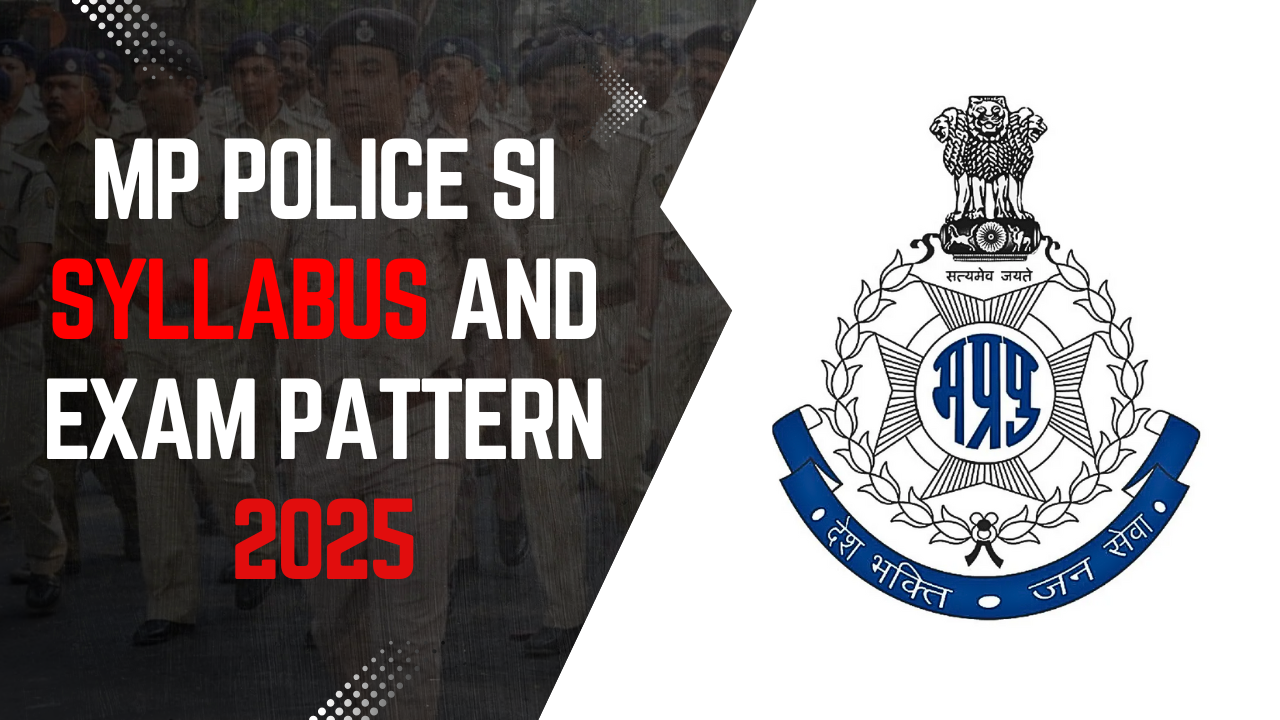India has achieved a major milestone in defense technology by developing the world’s first dual stealth drone, equipped with the advanced indigenous RAMA (Radar Absorption and Multispectral Adaptive) coating. This groundbreaking innovation pushes India further toward military self-reliance and places it alongside major powers like the US, China, and Russia in high-end stealth capabilities.
RAMA Technology: Next-Gen Stealth Revolution
Unlike traditional stealth technologies that mostly enable radar evasion, RAMA provides dual stealth capability — making the drone invisible to both radar and infrared detection systems.
It is a nanotechnology-based coating applied on the drone in the form of paint or wrap.
This carbon-based composite absorbs radar waves and converts them into heat energy.
It reduces thermal signature by up to 1.5°C every second.
RAMA technology ensures up to 97% reduction in radar and infrared detectability.
Public-Private Partnership in Defence Innovation
This next-gen dual stealth drone is being developed jointly by two Hyderabad-based startups — Veera Dynamics and Binford Research Labs — with active support from the Ministry of Defence.
According to Veera Dynamics CEO Sai Teja Peddineni, RAMA isn’t just a material coating but a "platform-wide invisibility strategy" for future combat needs.
Binford Labs, an award-winning innovator under the Ministry of Defence’s IDEX (Innovations for Defence Excellence), already supplies drone systems to the Indian Army, Navy, and Air Force.
Technical Specifications & Capabilities
The dual stealth drone brings several advanced features:
❖ Payload Capacity: Up to 50 kilograms
❖ Drone Weight: 100 kilograms
❖ Strike Range: Can engage targets at distances up to 100 km
❖ Engagement Success Rate: 80–85% of drones estimated to hit targets (compared to 25–30% with conventional drones)
❖ Stealth Efficiency: RAMA provides 97% evasion from radar and infrared systems
The drone is also being designed for swarm operations and autonomous navigation, including operation in GPS-denied environments.
India’s Position on the Global Stage
Currently, only the U.S., China, and Russia operate stealth drones — and those are typically radar-invisible only. India is now developing the world’s first drone that evades both radar and infrared detection, offering a tactical edge in modern warfare.
While countries like Turkey, Israel, and Iran are also emerging as drone powers, India’s RAMA-enabled technology surpasses them in stealth versatility.
Operation Sindoor: A Testament to Indian Superiority
In May 2025, India successfully conducted Operation Sindoor, a military response against Pakistan’s UAV and missile attacks.
India’s multi-layered air defense network — incorporating S-400 systems, indigenous Akashteer systems, and Counter-UAS Grids — effectively neutralized enemy threats.
Operation Sindoor proved the strategic value of advanced air systems and demonstrated the critical role stealth drones might play in future battlefield scenarios.
Production & Delivery Timeline
❖ Technology Development: Completed within one year
❖ Bi-weekly Testing: Weekly verification for performance accuracy
❖ Armed Forces Integration: Expected to be inducted in the Indian Navy by late 2025
❖ Procurement Discussions: Ongoing talks between developers and the Ministry of Defence
AatmaNirbhar Bharat and Defence Manufacturing
Under Prime Minister Narendra Modi’s AatmaNirbhar Bharat initiative, India’s defense manufacturing sector is witnessing significant transformation. The Ministry of Defence has declared 2025 as the “Year of Reforms.”
Defence exports reached ₹21,083 crore in 2023–24
Target of ₹35,000 crore in exports by 2025
Focus on advanced tech: AI, machine learning, robotics, hypersonic weapons
The dual stealth drone project is a strong symbol of India's self-reliance and innovation in defense technology.
✦ Why This Matters for Your Exam Preparation
This topic holds relevance across multiple areas in UPSC and other competitive exams:
🔹 Science & Technology
Explains advanced nanotechnology applications, radar absorption materials, and stealth systems — commonly featured in UPSC’s Science & Tech section.
🔹 International Relations
India’s technological leap enhances its strategic global standing. Questions can come around diplomacy and security posture in the region.
🔹 Internal Security & Defence
The drone and Operation Sindoor highlight India's preparedness in modern warfare, ideal for internal security and defence portions of GS Paper 3.
🔹 Economy & Policy
Strong example of Make in India, public-private collaboration, and defense-sector innovation — often relevant in GS Paper 2 & 3.
📌 Key Facts to Remember:
🔹 RAMA: Radar Absorption and Multispectral Adaptive
🔹 Stealth Capacity: 97% evasion from both radar and infrared sensors
🔹 Developers: Veera Dynamics and Binford Research Labs, Hyderabad
🔹 First-of-its-kind dual stealth drone globally
🔹 Targeted induction: Indian Navy by end of 2025
🔹 Supports AatmaNirbhar Bharat vision in defense
📚 For more such exam-relevant current affairs, stay connected with Atharva Examwise — your trusted preparation partner for UPSC and competitive exams.






